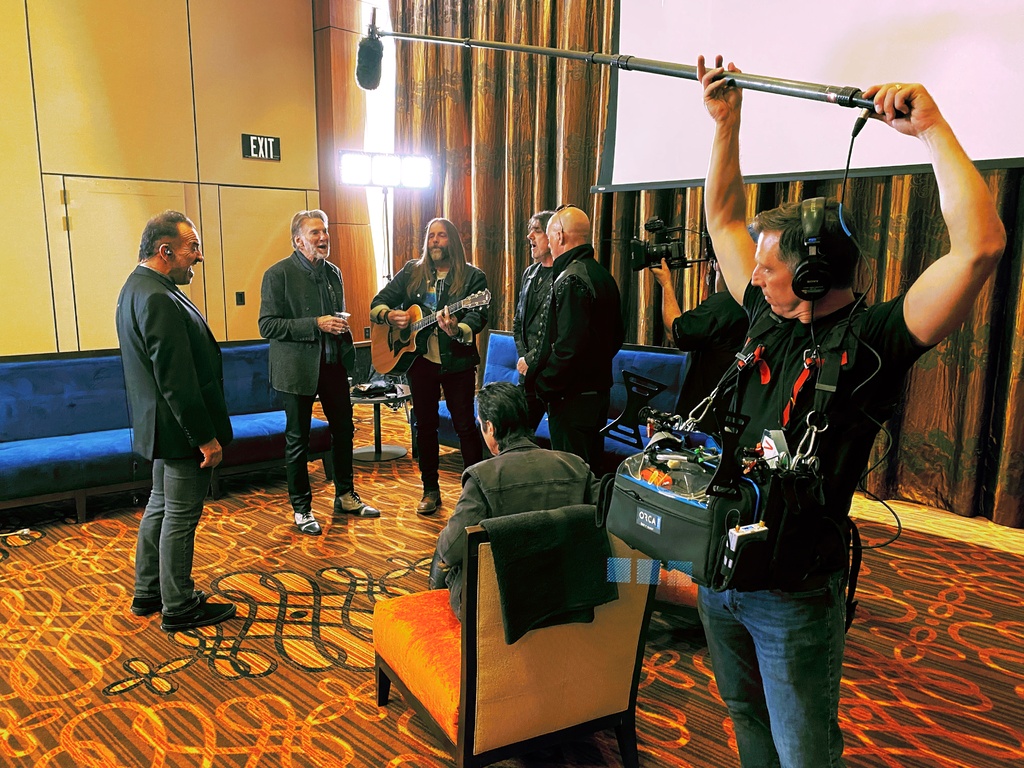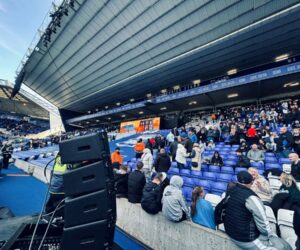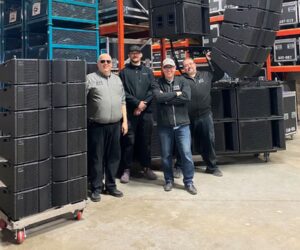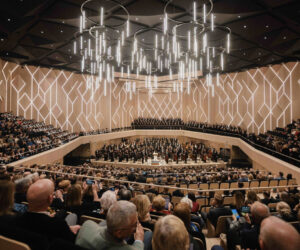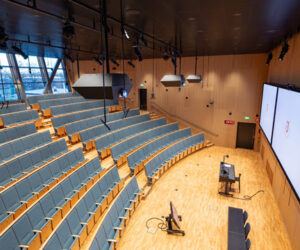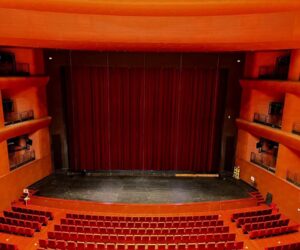Columbus, OH-based production sound mixer Eric Vucelich, who works on a wide variety of applications that include national news, pro and college sports, commercials, presidential campaign ads, corporate video, documentaries and more, carries a toolkit of Lectrosonics wireless gear such as dual-channel SRc and SRb Digital Hybrid Wireless receivers joined by SMWB wideband packs supplemented by SMQVs, and he’s also recently ordered a new DSR4 digital receiver.
“Here in Ohio, you can’t just focus on one avenue of production. It’s a mixed bag, so every couple of days there’s a very different job,” says Vucelich. “I’ve recently done spots for CBS Sunday Morning, CBS Sports, and the Ohio liquor control commission. I’m doing one for Safelite Auto Glass next week. Every single bit of it, everybody was wireless or will be wireless. It’s not like the times where everyone is fine with a boom. So, it’s important to have equipment that’s reliable.”
The reliability is tested in particular with Vucelich frequently covering sporting events at Ohio State University as well as other sporting events. “I’ve had athletes sweat all over their packs with no issues,” he recalls. “One time, I had the goalie of the Columbus Blue Jackets [hockey team] pouring water from a bottle all over his face during practice. Lots of water. It was running down inside his uniform and soaking the transmitter. I don’t recommend trying this intentionally, but the pack didn’t give up and we kept recording. You do your best to protect the gear, but there are always surprises”
The division of labor between Vucelich’s SMWB and SMQV transmitters roughly tracks what the application of the day requires more, either RF flexibility or extended runtime, respectively. Vucelich says, “In Ohio, blocks 22 and 23 are pretty good, but 21 has very few frequencies left. Block A1 is also crowded though you can still find some decent nooks within it. My going wideband was driven by one experience I had at Ohio State. I got to the stadium and was told the crew covering Penn State [the visiting team] had taken everything available in block 22. There wasn’t much of 21 clear, either. That’s when I decided I needed more options. I use the SMWBs almost exclusively now.”
However, the SMQVs still play a role. “I also grab radio feeds from the home and away teams,” he continues. “The SMQVs have two batteries instead of one, so I’ll stick one on the radio feed for the home team and one on the away team. We use this to transmit down to the camera operators on the field, who listen to the play-by-play chatter and make decisions on the fly about where to track the action next. These feeds are also used in the final cut of the show. From initial setup before the game to wrap, you’re looking at about eight hours, and with the SMQVs I’m not worried about changing batteries.”
A secondary benefit of the SMQVs is range: “Although I don’t usually have to get too far from the camera and the talent because I do a lot of ‘one man band’ type work, there might be a commercial or something where there’s car-to-car stuff going on. I like knowing that I can push the SMQVs up to a quarter-watt output power in conjunction with a good antenna and get the range required.”
Asked how and when he discovered Lectrosonics, Vucelich offers this anecdote: “I have two degrees in music and playing in bands led me to working in a recording studio in Atlanta. When I moved back to Ohio in 1996, I jumped right into production. We didn’t have the ability we do now to research gear online, so I would hunt and peck and talk to colleagues. I would get hired to do jobs using other people’s wireless gear, and at the time they had either Sony or Lectrosonics. I noticed that whenever I used Lectro, I preferred the sound quality and always got great range. So, I bought some of my own.”



